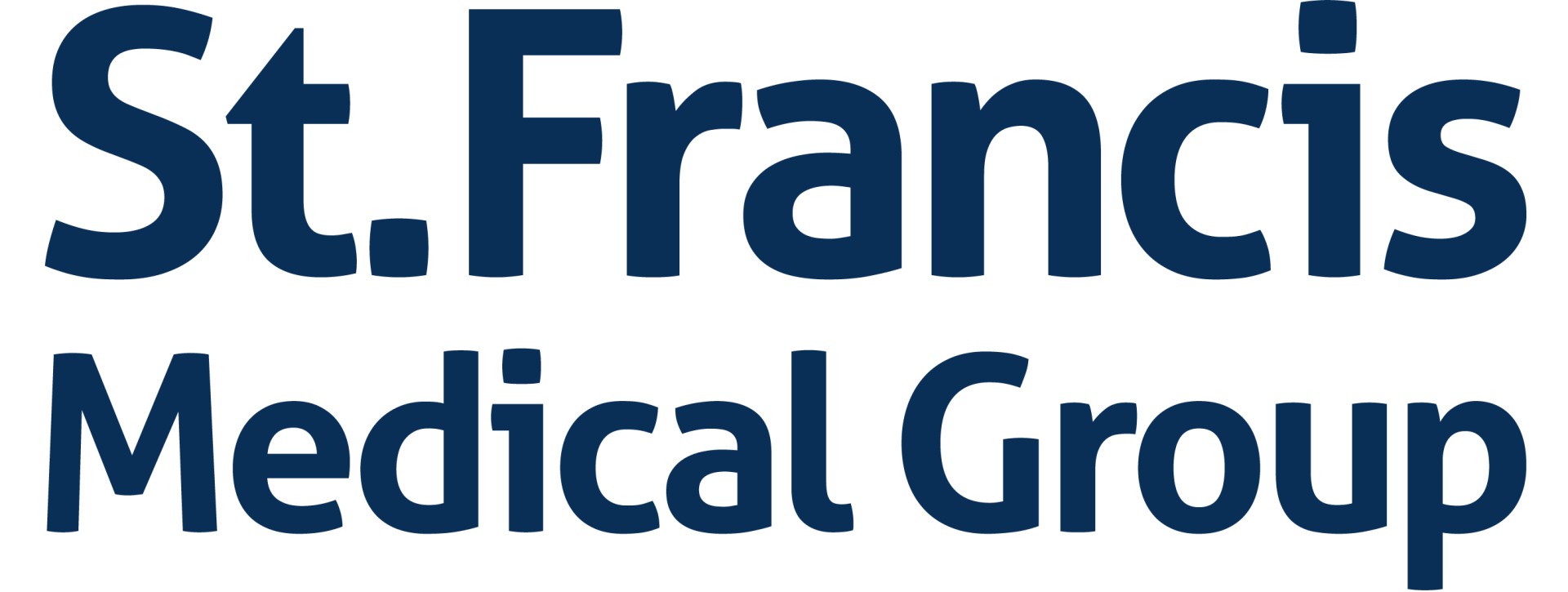Pain Management Services
The pain management rehabilitation program is designed to meet the needs of the individual patient, depending on the specific type of pain, disease or condition. Active involvement of the patient and family is vital to the success of the program.
The goal of pain management programs is to help the patient return to the highest level of function and independence possible, while improving the overall quality of life--physically, emotionally and socially. Pain management techniques assist in reducing the suffering experienced by a person with chronic pain.
In order to help reach these goals, pain management programs may include the following:
- Medical management of chronic pain, including medication management:
- Over-the-counter (OTC) medications may include nonsteroidal anti-inflammatory drugs (NSAIDs), aspirin, and/or acetaminophen.
- Prescription pain medications may be needed to provide stronger pain relief than aspirin, including narcotics. However, these drugs are reserved for more severe types of pain, as they have some potential for abuse and may have unpleasant side effects.
- Prescription antidepressants can benefit some patients because these medications can increase the supply of a naturally produced neurotransmitter, serotonin. Serotonin has been found to be an important part of a pain-controlling pathway in the brain.
- Heat and cold treatments to reduce the stiffness and pain, especially with joint disorders such as arthritis.
- Physical and occupational therapy interventions such as massage and whirlpool treatments.
- Exercise to reduce spasticity, joint contractures, joint inflammations, spinal alignment problems, or muscle atrophy (weakening and shrinking) to prevent further problems.
- Local electrical stimulation involving application(s) of brief pulses of electricity to nerve endings under the skin to provide pain relief in some chronic pain patients.
- Nerve blocks and regional anesthesia.
Conditions Treated
- Achilles Tendinitis
- Acute Postoperative Pain
- Adhesive Capsulitis
- All Headaches (incl. Migraine)
- Ankylosing Spondylitis
- Arthritis
- Ataxia
- Autoimmune Diseases
- Autonomic Disorders
- Back Pain
- Benign Chronic Pain Syndrome
- Bone Disorders
- Brachial Plexus Palsy
- Brain Disorders
- Bursitis
- Carpal Tunnel Syndrome
- Cervical Spine Myelopathy
- Chest Wall Pain Syndrome
- Chronic Neck Pain
- Chronic Pain
- Chronic Pelvic Pain
- Chronic Postoperative Pain
- Coccygeal Pain
- Complex Regional Pain Syndrome (CRPS)
- Degenerative Disc Disease
- Diabetic Polyneuropathy
- Elbow Bursitis
- Elbow Injuries
- Enthesopathy of Hip (incl. Trochanteric Bursitis)
- Fibromyalgia
- Foot Conditions
- Fracture
- Gait Abnormality
- Hand Conditions
- Headache
- Herniated Disc
- Intervertebral Disc Disease
- Knee Disorders
- Lateral and Medial Epicondylitis (Tennis and Golf Elbow)
- Low Back Pain
- Migraine
- Myelopathy
- Neck Strain (incl. Whiplash Injury)
- Nerve Root Injury and Plexus Disorders (incl. Pinched Nerve)
- Osteoarthritis of Hand or Wrist
- Osteoarthritis of Hip
- Osteoarthritis of Knee
- Osteoarthritis of Shoulder
- Osteoarthritis of Spine
- Patellofemoral Pain Syndrome or Knee Pain
- Pathological Spine Fracture
- Pelvic Fracture
- Peripheral Nerve Disorders
- Phantom Limb Pain
- Plantar Fasciitis
- Polyneuropathy
- Post-Laminectomy Syndrome
- Postherpetic Neuralgia
- Radiculopathy (Not Due to Disc Displacement)
- Reflex Sympathetic Dystrophy
- Rheumatoid Arthritis
- Sacrum Disorders
- Sciatica (Not Due to Disc Displacement)
- Scoliosis
- Shoulder Disorders
- Shoulder Impingement Syndrome
- Spinal Cord Injury
- Spinal Stenosis
- Spine Deformities
- Spine Disorders
- Spine Fractures, Traumatic
- Spondylitis
- Spondylolisthesis
- Sprains and Strains (incl. Muscle Tear)
- Tension Headache
- Thoracic Spine Myelopathy
- Torticollis
- Trigeminal Neuralgia
- Trigger Finger
- Upper Back Pain
